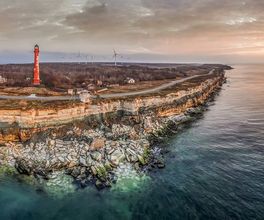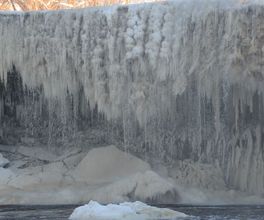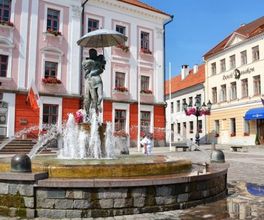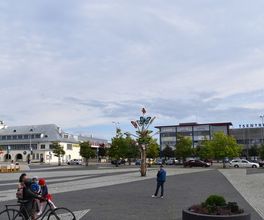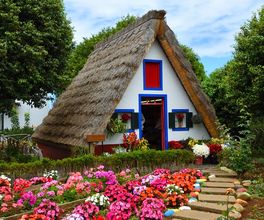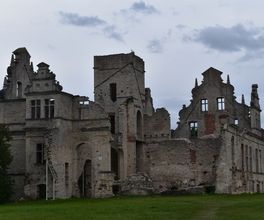




Age
0+
Group size
1-3
Transport
By car
Language
English
Duration
13 hours
About this experience
Estonian islands are a place where time rests. Life there does not fly by, but slowly flows. On the islands, there is no desire to rush anywhere, but simply to walk and enjoy nature, which is what we will be doing during the excursion. Local residents treat nature with respect. Where else, besides Saaremaa, will you see a football field with a very old oak tree growing on it?
Program
- The symbols of Saaremaa are thatched roofs, warm beer, sauna, and windmills. There were over 800 windmills, and they worked until the 1960s when there was still no electricity on the island. We will visit a real windmill, see granite millstones processing grain, appreciate the hard work of the miller. And in the tavern nearby, we will try the delicious walnut bread prepared by the descendants of the local miller. It is rightly said: 'The miller's work is black, but the bread is white'.
- Next, we will stop at the village of Kaali, where we will see the perfectly round lake formed as a result of a meteorite crater impact 7500 years ago. There is a saying: 'If you haven't seen the meteorite lake, you haven't been to Saaremaa'. This is the most touristy place. But the question is: was there really a meteorite?
- Our next stop will be the only town on the island of Saaremaa — Kuressaare. In the town, we will visit the well-preserved episcopal castle in Estonia, recall legends and myths. Take a memorable photo next to the colorful monument of the island's national hero. Kuressaare is the resort capital of Estonia. At the beginning of the 20th century, the Estonian writer Tammsaare aptly described this city: 'Every Jew considers it a blessing to visit Jerusalem at least once in their life, a Muslim to pray in Mecca, and an Estonian to take a mud bath in Kuressaare'.
- If desired, you can visit the Pidula fish farm to fish for trout (or turkeys) and have them deliciously grilled.
- Then, you can drive to the cliff of the Panga Pank village. The village is unique — it has its own flag, coat of arms, and currency.
- On the way back by ferry to the Muhu island, we will visit another Ordensburg settlement, the authentic village of Koguva, and an ostrich farm where kangaroos live.
Organization Details
- Tour duration — 13 hours.
- Included in the excursion price: transportation, guidance by an experienced guide; round-trip ferry tickets;
This excursion assumes you have your own transportation. If not, I can drive a group of up to 4 people in my car — in this case, the price will increase by €100. - Not included: entrance tickets to all museums, lunch. Koguva village museum (adult €3, pensioner €2.50, family (2 adults + 2 children) €6) ostrich farm €3.5, Angla windmills museum (€3.5 adults and €1.5 children), Kaali meteorite and dolomite quarry museum (€1.5 adults and €0.7 children), Kuressaare island local history museum (€6 adults and €15 family).
- The program route can be changed with the client's agreement.
0
(0 reviews)
